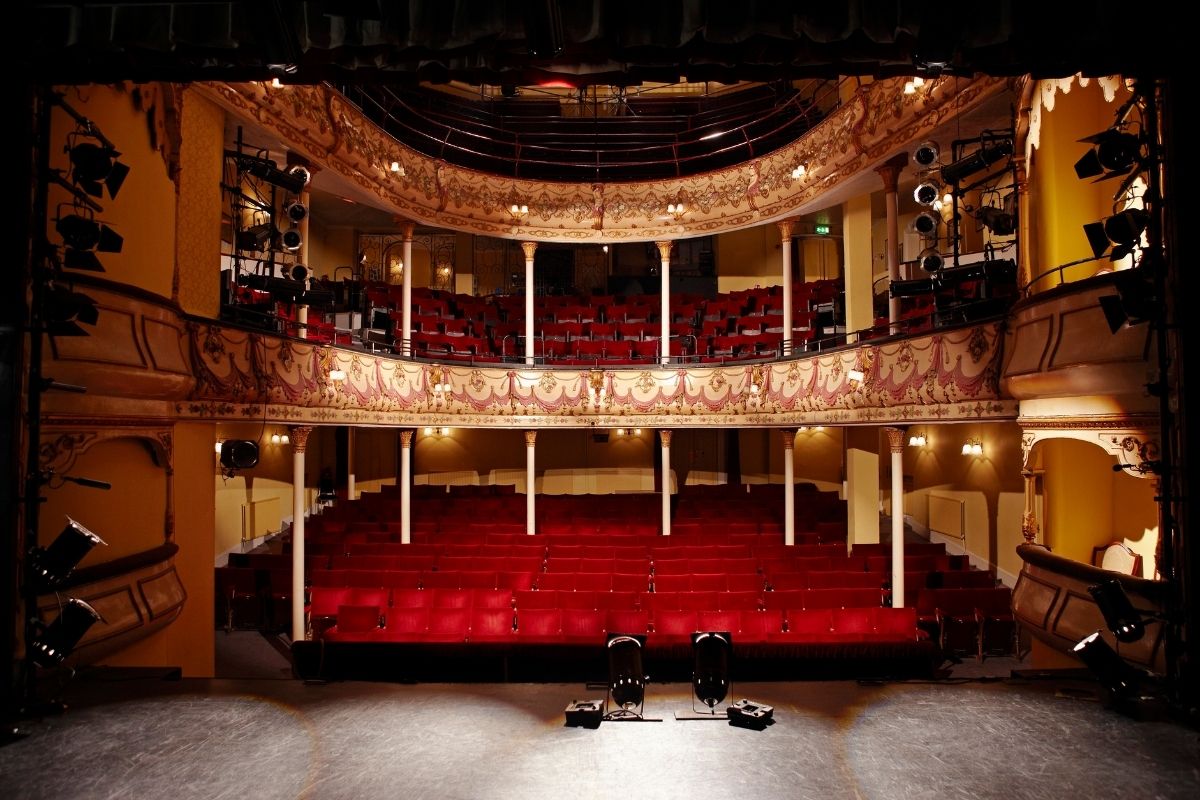The Story of Vedic Theater Amid Performing Arts Education
We can look at what would be defined as Vedic theater throughout online performing arts education. This particular theater is from the region that is what we would now call India, though, of course, those geographic boundaries haven’t been exactly the same over many, many, many hundreds of years. Thus, we refer to that area as the Vedic world.
There’s this amazing narrative that comes out of a really important text that was to be formulated much later, which comes out of the Vedic world. It’s called the Natya Sastra. The Natya Sastra is actually considered to be the sacred book of theater, according to Hindu philosophy. That’s already pretty cool, and as a theater maker, if there’s a sacred book of theater, I’m on board. One of the stories (there are many stories of this) in mythology is that, in fact, humanity had come to a point where it was starting to destroy itself. This is in antiquity, also regarded as the “ancient past.” And according to the mythology, the gods were very concerned. These, of course, are the Hindu gods and they have a meeting to gather and discuss what the future of humanity could and would be.
The story tells this amazing notion, an incredibly beautiful and charged idea, that one of the deities, a god named Shiva, would actually move humanity forward. The god Shiva would prevent humanity from destroying itself and instead, would actually propel its growth. He presented this idea, which excited the gods. And the question was, “How do we give it to humanity? How do we share this incredible gift?” And so Lord Shiva has an idea, he will plant that entire notion that he’s created in the brain of one human being named Bharata.
Bharata Introduces Performing Arts
Now, the word Bharata has a lot of roots in it with different definitions depending upon the region and time. Though it’s the name of this character in the story, it is also an old word for person, man, or human. Furthermore, it’s a very old word for artist. What the story is telling us is that the gods are planning to place this on an individual that they define as an artist. They place this idea in that individual’s head and so are born what are called the children of Bharata – which I think is really cool.
The Children of Bharata and Their Role in the Arts
Each of these children actually represents a part of the art forms and the idea is that they are similar to the next child that’s born. The youngest of the children is a child called music. They are supposed to be the purest and one of the most foundational. The next child of Bharata, which I think is really remarkable, is poetry. The idea is that poetry has music in it, so you see this kind of structure within structure. The next child that is born is called sculpture. I would call it visual art. The idea is that visual art has poetry and music within it. The next child that’s born is storytelling, which I think is a remarkable thing because that idea is that storytelling has visuals, poetry, and music within it. And the eldest of the children, that’s born with all of them inside of it, is theater.
This is the great gift from Lord Shiva. It entails the idea that theater is granted as a space that actually holds all of the other art forms and really propels this notion that it is for the intent of the growth of a community. I think it’s a really cool idea whether you subscribe to that philosophy or not. For me, it really brings forth the puzzle of theater, which is that it’s inherently this remarkable interdisciplinary art form that is intended to actually take a varying shape depending on its community, on its culture, and on its moment in history. Through Bharata and their children, we see it as a place of music, poetry, visual art, and storytelling.


